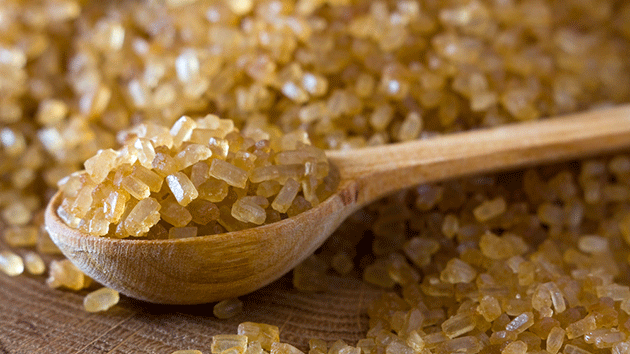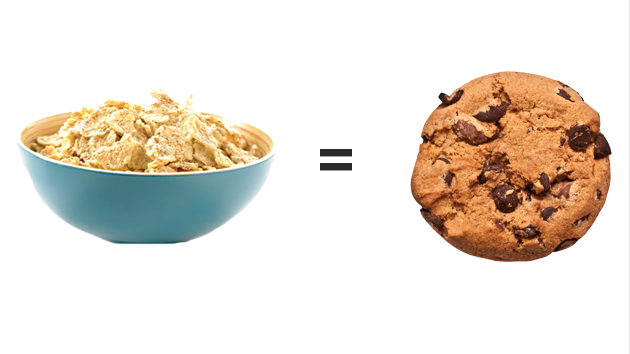
Call us greedy, self-centered, or overly idealistic, but no one should ever accuse Americans of being bitter: We devour more added sugar than people in any other country—30 teaspoons a day by some estimates. (Indians, on the other end of the spectrum, consume just one.)
The reasons go back to the 1960s, when supermarkets proliferated in US cities and readily available corn-syrupy sodas and juice drinks supplanted milk on the dinner table. By 1996, the daily calories we got from added sweeteners had increased by more than 35 percent.
On top of that, during the low-fat frenzy of the 1980s and ’90s, manufacturers replaced the flavorful natural oils in their products with sweeteners. “Now it’s challenging to find a food without added sugar,” says Dr. Andrew Bremer, a pediatric endocrinologist and program director in the diabetes, endocrinology, and metabolic diseases division at the National Institutes of Health. Indeed, today a full three-quarters of the packaged foods that we purchase—including everything from whole-wheat bread and breakfast cereals to salad dressings—contain extra sweeteners.
That’s a problem: Naturally occurring sugars (the kind in fruit, for example) come with fiber, which helps us regulate the absorption of food. Without fiber, sugar can overwhelm your system, eventually leading to obesity, diabetes, heart disease, and other health problems. Given these risks, experts suggest dramatically cutting your intake of extra sweets. In March, the World Health Organization recommended that 5 percent of your daily energy come from added sugars, which for an adult of average weight comes out to roughly six teaspoons—about 25 grams.
The trouble is that it’s hard to tell how much added sugar you’re actually eating. You’ve probably learned to spot cane juice and corn syrup, but what about barley malt, dextrose, and rice syrup—and the 56 other names for added sweeteners?
What’s more, food companies aren’t required to distinguish on labels between added and naturally occurring sugars. The US Department of Agriculture used to list added sugars in an online nutrient database, but it removed this feature in 2012 after companies claimed that the exact proportion of added sugar was a trade secret.
Last year, the Food and Drug Administration proposed changing nutrition labels and requiring companies to display both added and naturally occurring sugars. But industry giants like Hormel and General Mills are objecting—and even if a new label gets approved, it could still be years before packaging changes*.
In the graphic above, we crunched the numbers on some everyday snacks and meals to discover just how easy it is to reach six teaspoons.
*Update: On May 20, 2016, the Food and Drug Administration announced that revised food labels will display “Added Sugar” in addition to “Total Sugars” on product packaging. Manufacturers will have until July 2018 to comply. Read more about the change here.













